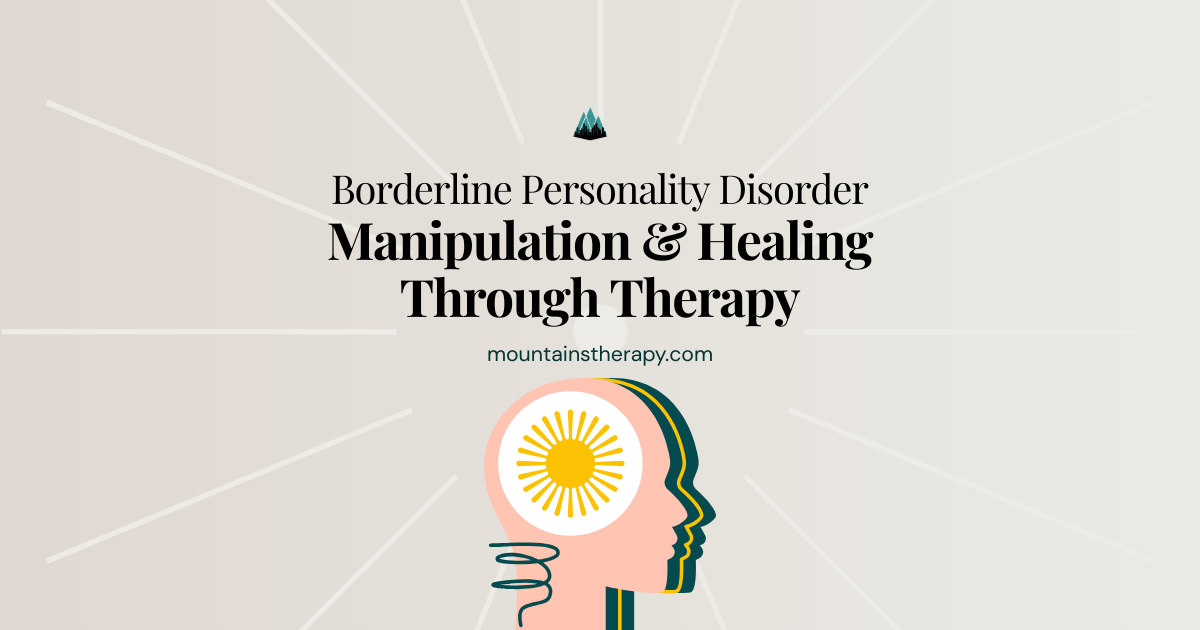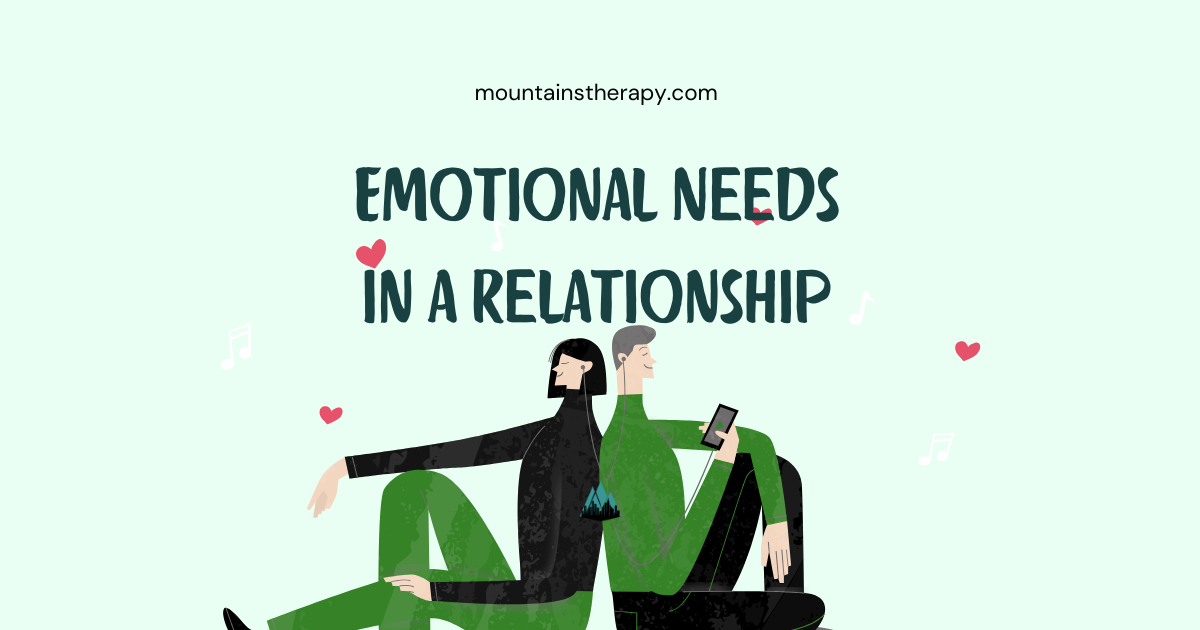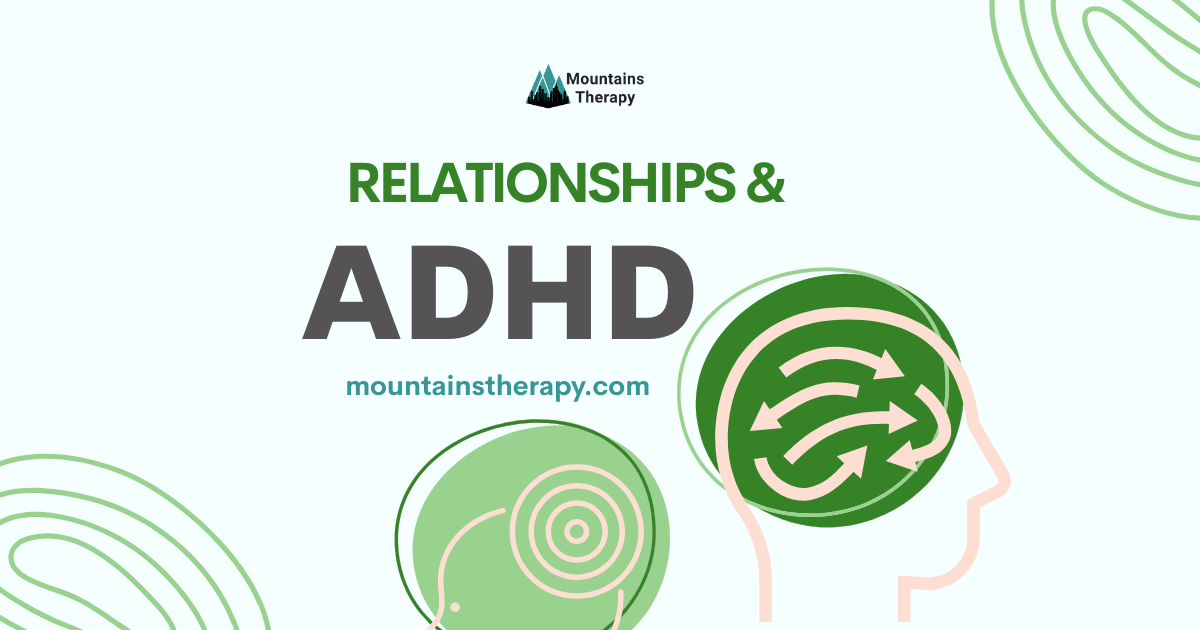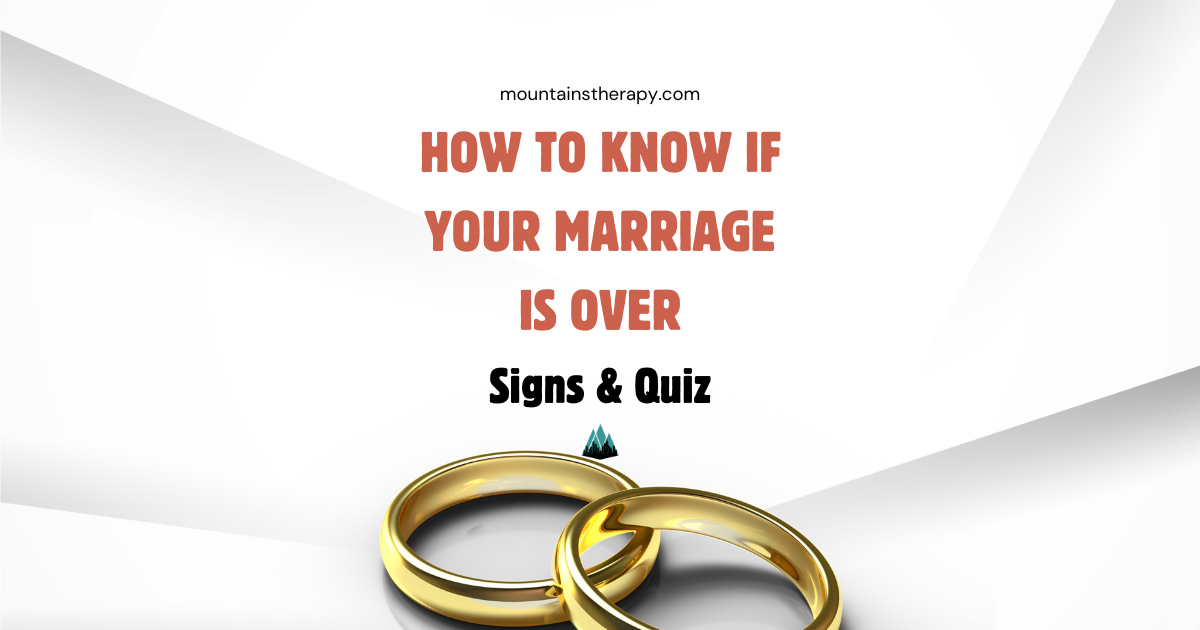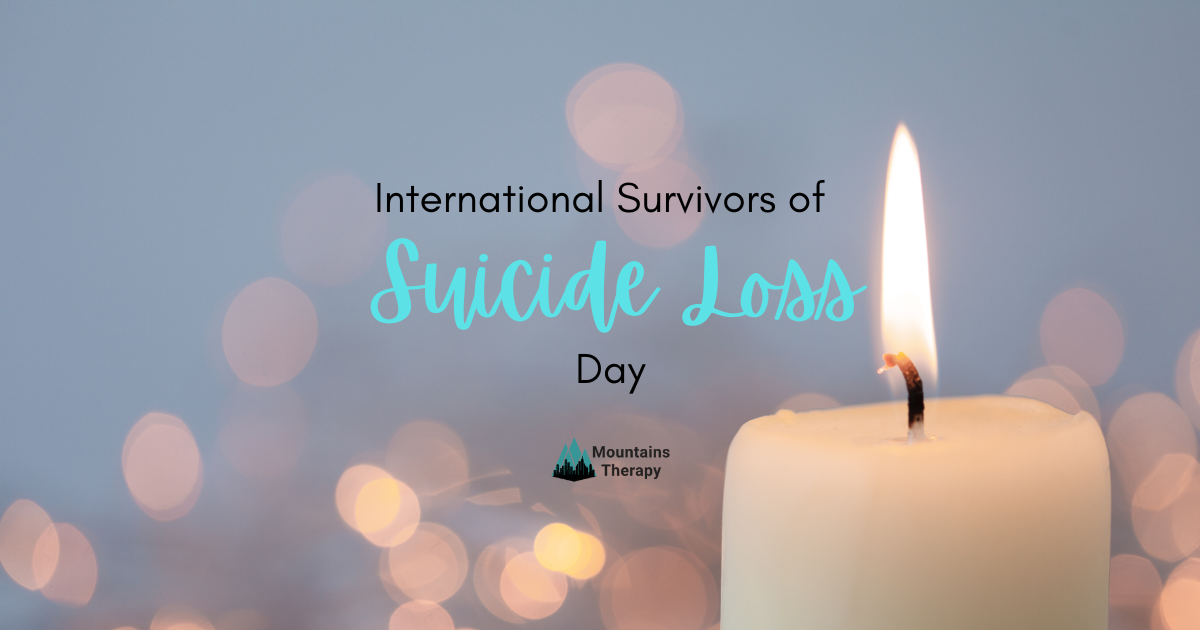What is OCD and the Hard Truths about Exposure Therapy?
Learn more about OCD therapy in Montclair, NJ.
In This Blog, You’ll Learn:
✅ The difference between obsessions and compulsions in OCD
✅ Common myths and misconceptions about OCD
✅ How Exposure and Response Prevention (ERP) therapy works and why it's effective
A ‘control freak’ or ‘perfectionist’ are just a few words used to describe people with OCD (obsessive-compulsive disorder). However, these terms do not truly capture the reality and experience of those living with OCD. This blog will explain what OCD is, its symptoms, common patterns, and explore exposure therapy, its effectiveness, and the challenges that make it hard to commit to. Regardless of these challenges, we are not here to judge people with OCD or to make the process seem easier. Our goal is to validate the struggles faced by those with OCD and to highlight how genuinely difficult it can be to stay committed.
What Is OCD Really?
Obsessive-Compulsive Disorder is when an individual struggles with either an obsession or compulsion that causes marked distress in their life and their daily routine.
- Obsession: Persistent, intrusive, and nonsensical thoughts, images, or urges.
- Compulsion: Repetitive and rigid behaviors or mental acts that people feel they must do to prevent or reduce anxiety.
Most Common Obsessions
Obsessions in Obsessive-Compulsive Disorder (OCD) are intrusive, repetitive, and distressing thoughts, images, or urges that feel uncontrollable. They are not simply worries about real-life problems, but rather irrational and persistent fears that cause significant emotional distress. Some of the most common obsessions include:
Contamination
- A fear of germs, illness, bodily fluids, chemicals, or environmental pollutants. Individuals may worry about getting sick or contaminating others, even from everyday objects like doorknobs, phones, or clothes.
- Example: “What if I touched something dirty and now I’ll infect my family?”
Aggressive Impulses
- Intrusive thoughts about harming others or oneself, despite not wanting to act on them. These thoughts are unwanted and frightening, and the person often questions their morality for even having them.
- Example: “What if I lose control and stab someone with this knife?”
Sexual Content
- Distressing thoughts or mental images of inappropriate or taboo sexual behavior. These are not fantasies but unwanted intrusions that conflict with a person’s values and sense of self.
- Example: “Why did I have that thought about someone I shouldn’t be attracted to? What does that mean about me?”
Somatic Concerns About Physical Health
- An obsessive focus on bodily functions, physical sensations, or health fears. Unlike general health anxiety, the focus in OCD is more on the need to eliminate uncertainty or feel “just right.”
- Example: “Why can I feel my heartbeat so strongly? What if it never stops and something’s wrong?”
Symmetry and Exactness
- An intense need for things to be even, symmetrical, or “perfect.” Discomfort arises when things are out of order or asymmetrical. The person may spend hours aligning or adjusting objects until they feel “just right.”
- Example: “This picture frame is tilted if I don’t fix it, something bad will happen.”
Most Common Compulsions
Compulsions are repetitive behaviors or mental acts that a person feels driven to perform in response to an obsession or according to rigid rules. These actions are intended to reduce distress or prevent a feared outcome, but they typically provide only temporary relief. Common compulsions include:
Checking
- Repeatedly verifying that doors are locked, appliances are turned off, or that no harm has come to oneself or others. This compulsion is often tied to fears of danger, responsibility, or catastrophe.
- Example: Checking the stove 10 times to make sure it’s off even after already leaving the house.
Ordering and Arranging
- Compulsively organizing items so that they are “just right” in appearance or symmetry. This behavior is often driven by discomfort with disorder rather than a practical need for organization.
- Example: Arranging books, pens, or clothes by size, shape, or color until it feels perfect.
Washing
- Excessive hand washing, showering, or cleaning the body to rid oneself of perceived contamination. These behaviors may be performed dozens of times per day.
- Example: Washing hands for 20 minutes after touching a public surface.
Cleaning
- Constant cleaning of the home, work space, or belongings in response to contamination fears. Unlike routine cleaning, this is done repeatedly and driven by anxiety, not cleanliness.
- Example: Scrubbing the same area of the kitchen floor over and over, even when it appears spotless.
*** It is very common for obsession and compulsion to be paired together. But that doesn’t mean you need both to be diagnosed with OCD, as having just one of the two qualifies as OCD. ***
Common Misconceptions:
- Misconception: Everyone with OCD is super neat and organized.
- Truth: Even though cleanliness is a common OCD compulsion, it is not the only compulsion that those with OCD struggle with.
- Misconception: It’s a personality quirk.
- Truth: An individual with a cleaning complex is a common personality disorder, but OCD is NOT. OCD isn’t driven by a desire to clean, but by their anxiety surrounding their obsession.
- Misconception: OCD isn’t treatable.
- Truth: There is no cure for OCD, but there are different treatments that can help reduce the impact of the symptoms.
- Misconception: It’s easy to tell when a person has OCD.
- Truth: The harsh reality is that those with OCD a lot of times can hide their symptoms when placed in a public setting. This makes it harder to be able to tell if an individual has OCD or not.
- Misconception: Everyone has OCD.
- Truth: Not everyone has OCD. Today, the term OCD has become popular in everyday conversations. But just because a person, for example, has a cleanliness complex personality, this does not mean they have OCD.
Everyday Struggles:
OCD has many impacts on an individual’s everyday life, including:
- By taking part in these ritualistic behaviors, excessive time is used to complete them.
- Health issues may arise, such as contact dermatitis from the complication to frequent hand washing.
- Trouble in school or other social activities.
- Troubles in relationships.
- Thoughts about suicide or engagement in societal thoughts.
Overall, depending on the severity of the disorder, an individual may feel isolated and live a poor quality of life.
What Is Exposure and Response Prevention (ERP)?
One popular treatment for those who struggle with OCD is Exposure Therapy. Many researchers and psychologists take it to be the gold standard for OCD. The core idea behind ERP is exposing an individual to the things they fear and that cause anxiety in their life. The goal is for the individual not to give in to their compulsion and decrease the fear and anxiety from their obsession. It teaches the brain that the feared consequence likely won’t happen, and that the anxiety will go down over time.
The Hard Truth: ERP Is Brutal
As stated, exposure therapy is considered the gold standard when it comes to treating those with OCD, but that doesn’t make it easy. ERP challenges individuals with OCD and can leave them in intense distress when confronting their obsession and/or compulsions. The harsh truths are:
- Individuals will be in discomfort first, before things get better. If you aren’t in any discomfort, then you're not truly facing the thing you fear.
- You can’t just face your fear once. In order to get better, there has to be repeated exposure.
- In the beginning, it will most likely feel worse before you feel better. When facing your fears behind your OCD, it can seem incredibly challenging in the beginning, especially with mental compulsions. For example, rumination is the act of an individual focusing on their thoughts or feelings without ever resolving them. Or reviewing, which is the process of going over events from the past in your head.
- Anxiety overload and derealization or depersonalization. One thing that makes the experience worse in the beginning is the anxiety overload during exposure. This can lead to derealization or depersonalization-feeling detached from oneself or from their surroundings.
- ERP can make an individual question their reality, their morals, and their sense of self. When an individual with OCD is facing their fears without being able to act out on their compulsions that have in the past reassured them, this resistance causes doubt about themselves and their reality. These compulsions, they used to believe were safe, no, they can’t fall back on them, or the mental shortcuts they would normally make.
- Trust is required. As one can imagine, exposure therapy is an emotionally exhausting process. As we’ve established, things might feel worse at first before they get better. This further emphasizes the trust that is needed between the therapist and the client, and the entire process itself. If you lose trust, you won’t be able to move forward and will end up giving the control back to your obsessions/compulsions instead of yourself.
Why Do It Then?
Many people might ask, Why go through exposure therapy then? Well,
- Long-term, exposure therapy does work. According to research from the Birmingham Anxiety and Trauma Therapy, 60% to 80% of individuals with OCD experience a significant reduction in their symptoms after practicing exposure therapy. In some cases, patients are also taking medication alongside the treatment.
- ERP is also more effective when started earlier rather than later. If an individual were to continue to wait, their OCD symptoms will get worse and strengthen avoidant behaviors and habits. Early intervention decreases the fear conditioning built up, fewer rituals to unlearn, and faster treatment response.
- At the end of the day, if you don’t get treatment, your compulsions still won’t help the anxiety go away. It just maintains the anxiety.
- ERP helps individuals with OCD regain control in their lives, instead of allowing the obsessions and compulsions to control them.
Through this whole process, an individual with OCD will learn to tolerate the discomfort instead of avoiding it. As now, they will be better equipped to live their lives without giving in to fear.
Tips for Getting Through Exposure Therapy
- Start small: ERP is a ladder, not a leap.
- Surround yourself with support: You shouldn’t go through this process alone. Outside of your therapist, make sure you're surrounded by family, friends, and you can even join a support group.
- Celebrate the small wins! Progress isn’t crossing the finish line quickly, but rather, real change takes time. One small step forward is still a win.
- Be prepared for setbacks: Setbacks are part of the process, but don’t let that deter you; instead, let it motivate you.
- Be kind to yourself. ERP takes
courage, not perfection.
You are not alone!
Just because you seek treatment, it doesn’t mean you are weak, but strong for realizing your disorder has control over you. Now you're just stepping up to change for yourself and those in your life who care for you. If you’re unsure whether you want to start therapy or just want to learn more about it, Mountains Therapy is here for you. Reach out to us today to connect with a therapist who truly understands what you're going through.


